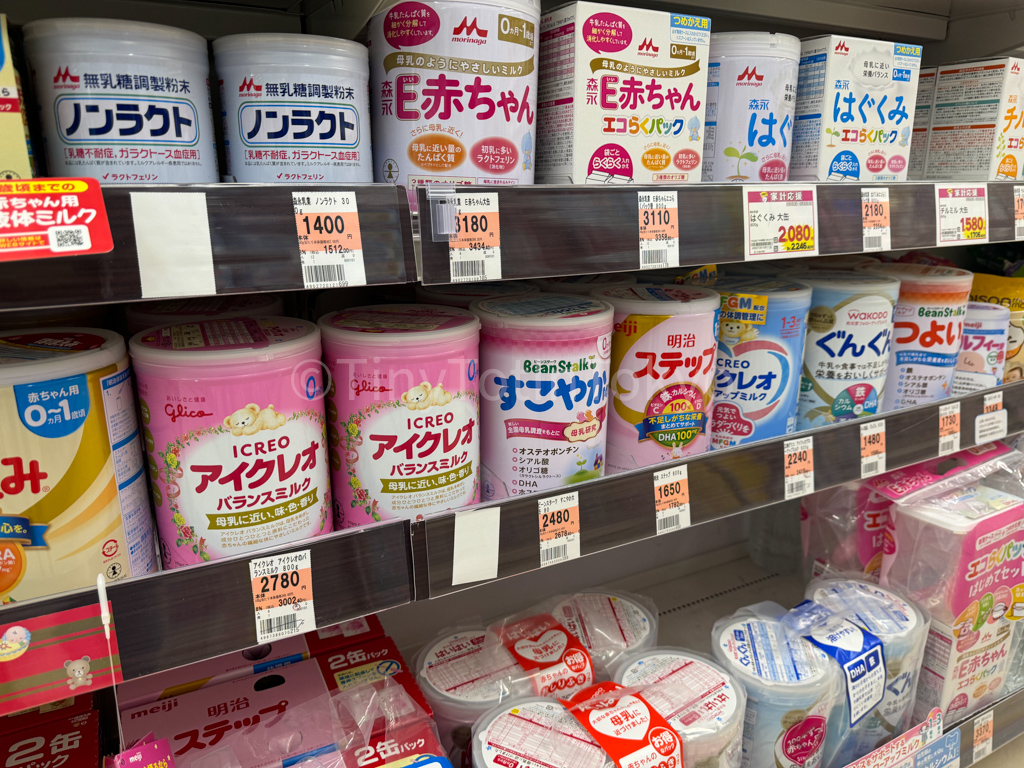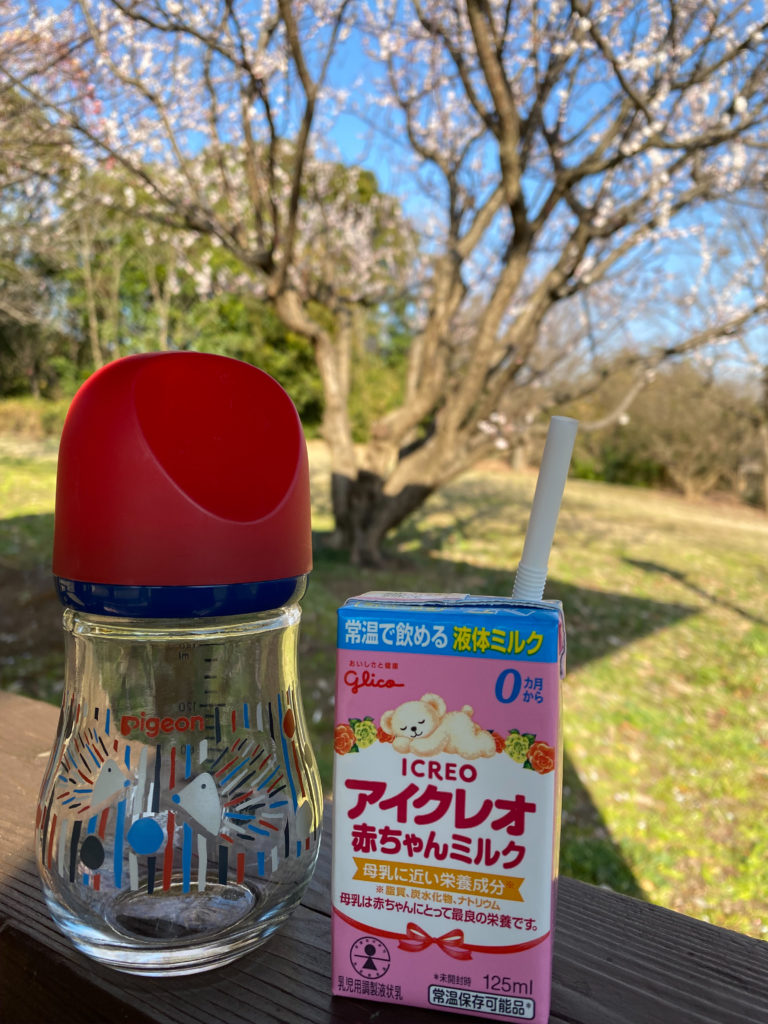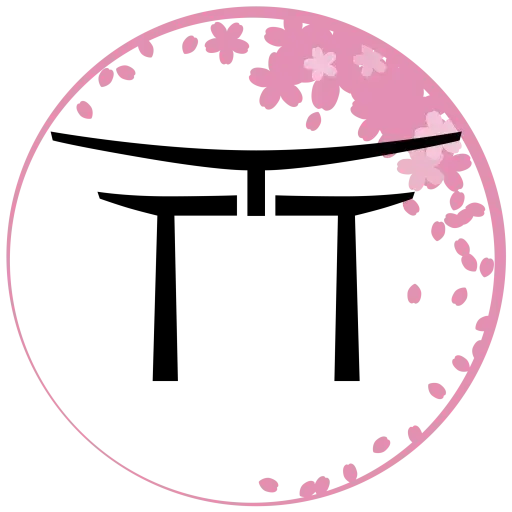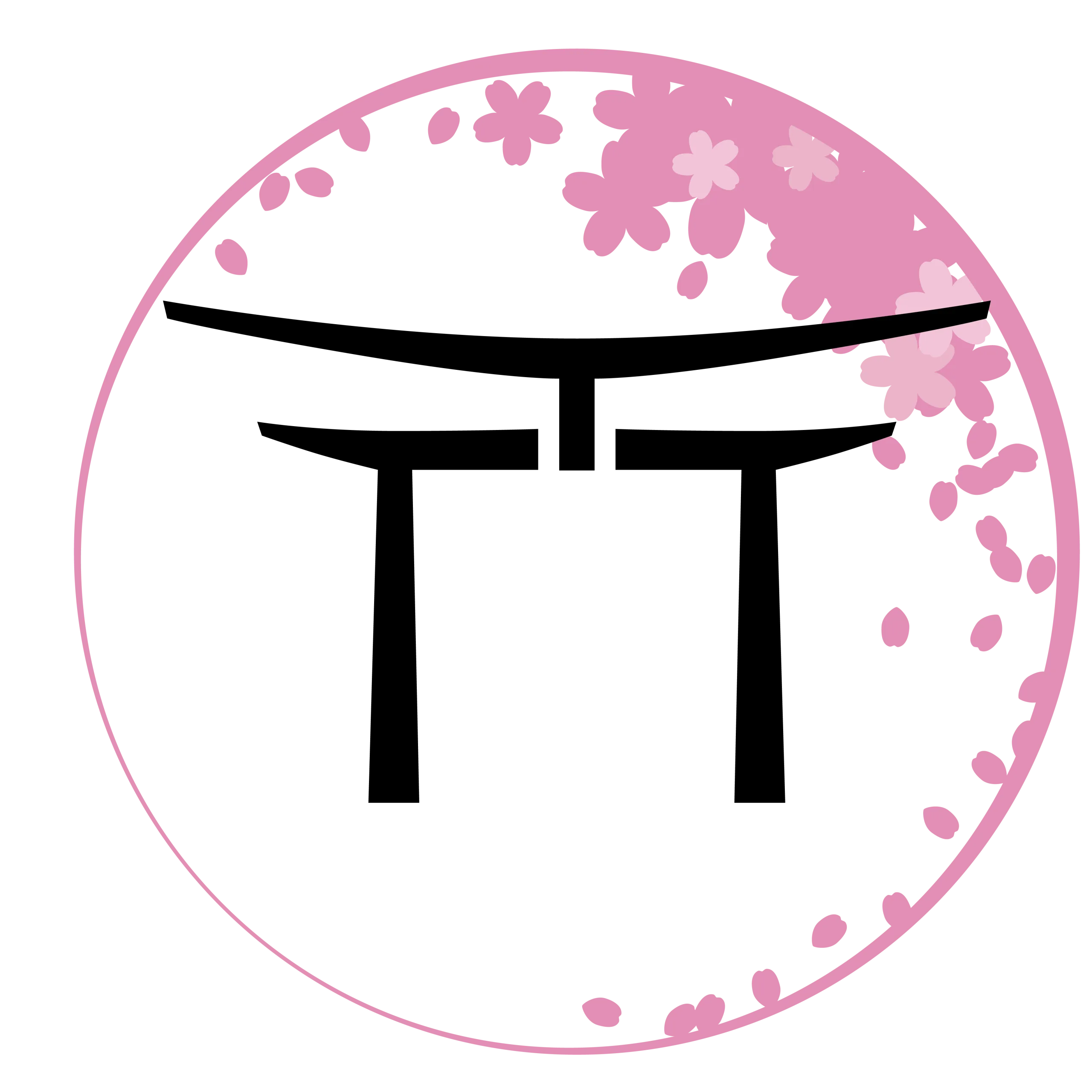Baby Formula in Japan: Best Brands, Types, and Where to Buy it

Last Updated on January 16, 2025 by Kay
This post may contain affiliate links, meaning I may earn a small commission on any purchases through those links at zero additional cost to you. Whatever I make goes to keeping this website running and I am forever grateful for the support. See my Privacy Policy for more information.
Whether you’re a new parent in Japan or you’re traveling with your baby or toddler, you may be wondering about formula in Japan.
I’m a mom who has raised her daughter in Japan since birth, and my daughter was exclusively formula-fed, so this is a topic that I’ve been meaning to write about for a while. (Please note that although I formula-fed, I support all types of feeding — breastfeeding, formula-feeding, and mixed. After all, a happy baby is a fed baby!)
In this article, I’ll share essential information about the different types of baby formula in Japan, called ミルク (miruku) in Japanese, and where to get them. Keep in mind that all these formulas contain the same standard of nutrients for babies in accordance with Japan’s Ministry of Health, Labor and Welfare.
If you’re traveling in Japan and want to ask your hotel where to buy formula, say, “Akachan no kona miruku wa doko ni uttemasuka?” (Where can I buy formula?)
If you’re in a store and looking for formula, ask a staff member, “Akachan no kona miruku uttemasuka?” (Do you sell formula?)
Note that if this is your first time traveling abroad with your little one, I would recommend bringing the formula that your child is used to. They may not like or react well to new formula, and you might waste time and money trying to find something that works best.
If you want to try baby formula out before buying an entire can, check out the portable, travel-friendly formula in the second half of this article.
For help reading a Japanese baby formula package, use Google Lens or the camera function on the Google Translate app.
Baby formula in Japan is for newborns up until around a year old. If your child has diarrhea or another adverse reaction to formula, they may have a dairy allergy, so make sure to check with their pediatrician.
For children around nine months and up, use toddler (follow-up) formula. This article covers toddler formula as well. If you’re wondering if your child needs follow-up formula, it depends.
Follow-up formula claims to contain additional nutrients that your child won’t get from cow’s milk. My daughter didn’t use it and she was fine, but if you want to try it out and see how it works for your child, then by all means!
Table of Contents
Where to Buy Baby Formula in Japan
Before we get into the brands and types of baby formula in Japan, you might be wondering where to find it to begin with!
Thankfully, many places sell baby formula:
- Baby stores (these are the best places to go)
- Grocery stores (note that grocery stores in the center of large cities like Tokyo and Osaka may not carry formula)
- Drugstores like Matsumoto Kiyoshi and Cocokarafine (not that small drug stores in stations are less likely to carry formula)
- Amazon Japan
- Costco
- Uber Eats Japan (for how to find formula on Uber Eats Japan, read this article)
How to Prepare Powdered Baby Formula in Japan
To cool off the bottle, run it under cold water.
For the last bit of water, instead of using boiled water after the formula had dissolved, I liked to use room-temperature bottled water to help the bottle cool down faster. (Sometimes I even put the bottle inside of a frozen wine bottle sleeve!)
The video below shows how to prepare formula as well.
Now let’s look at all the different baby formula brands in Japan!
ICREO
Made by Glico, this is the formula my daughter drank since she was born. ICREO (アイクレオ) is used by many hospitals in Japan due to its high quality and closeness to breast milk. It definitely has more of a stronger scent than other Japanese baby formula due to this.
I tried switching to cheaper formula when my daughter was a newborn because ICREO is expensive. However, my daughter didn’t react well to it, so we stuck with ICREO.
Also, I found that ICREO dissolved quite well, too, although some other people have reported the opposite. Overall, I would recommend this brand to any parent.
The formula for babies is in a pink can while toddler formula (ages one to three) is in a blue can. This formula contains various ingredients to help with toddlers’ development, including Milk Fat Globule Membrane (MFGM), which helps with cognitive development.
Hohoemi
Although my daughter didn’t try this brand, it has been voted as the best formula by parents in Japan.
Sukoyaka
Bean Stalk’s Sukoyaka baby formula contains osteopontin, which plays a role in early immune function. It’s recommended by hospitals and I received a few samples of this from the hospital where I gave birth.
Haihai
Haihai (はいはい) baby formula is developed by Wakodo, which is a popular brand for baby food and snacks. It contains α-lactalbumin, which is a central component of breastmilk. The powder doesn’t create much foam once dissolved, but it’s a little hard to dissolve to begin with.
I was attracted to its low price, which is why I tried out a can of powdered formula with my daughter. However, my daughter spit up quite often when we tried it out, so we switched back to ICREO. I wish I had just tried the portable sticks first (which I will introduce later on)!
The formula was revised in 2022 so that it’s closer to breastmilk, so maybe if my daughter had tried this revised formula, she would have had a better reaction.
Their follow-up toddler formula is called Gun Gun (ぐんぐん) and is for children ages nine months to three years. It contains various essential ingredients such as iron, DHA, zinc, vitamins C and D, as well as calcium.
Pure
Pure (ぴゅあ) made by MEGMILK SNOW BRAND contains DHA, oligosaccharides, and sialic acid, as well as other ingredients to help simulate breastmilk. It also contains soybeans and milk constituents. It’s said to be very easy to dissolve and is a reasonable price.
The follow-up formula is called Touch (たっち) for children ages 9 months and up. It was developed using research based on the Japanese Dietary Reference Intake, dietary intake during weaning, and so forth, and contains DHA, iron, oligosaccharides, vitamin C, as well as other ingredients to help with development.
Morinaga E-Akachan
E-Akachan’s (E赤ちゃん) formula converts milk proteins to peptides that are easy for babies to digest. It also uses oligosaccharides to help simulate breastmilk.
Their follow-up formula for toddlers (one to three years old) is called Chil-mil (チルミル) and contains ingredients such as iron, calcium, DHA, and lactoferrin.
Morinaga Hagukumi
Another baby formula from Morinaga, Hagukumi (はぐくみ) contains arachidonic acid, DHA, oligosaccharides, and lactoferrin to help simulate breastmilk and help with growth.
This is the only formula to come with refillable pouches, which makes it eco-friendly.
Morinaga Nonlact
Nonlact is a lactose-free formula by Morinaga. According to Morinaga’s website, it should only be used under a doctor’s supervision and if the doctor has specified that your child is lactose intolerant and has galactosemia. So if you’re traveling to Japan with a lactose intolerant baby, please check with your doctor first before using this formula or any other lactose-free formula.
Milfee
Milfee is a lactose-free formula by Meiji. It also doesn’t contain egg, wheat, or soy allergens.
Similar to Nonlact, it should be used under the supervision of a doctor.
Portable Travel Baby Formula To-Go in Japan

Portable baby formula is so helpful when you’re traveling in Japan and comes in various types, which I will introduce below.
If you’re new to baby formula in Japan, I recommend starting with one of these portable types (particularly stick-type) to see how your baby reacts before investing in a can.
Stick Type
I loved using stick-type (スティック) formulas when I was out and about with my child when she was a baby. It’s not heavy so it’s easy to carry more than one, making it perfect for day trips or vacations.
It’s also very easy to use. Simply pour the contents into a bottle, add the appropriate amount of hot boiled water, swish until it’s dissolved, wait for the bottle to cool down, and you’re good to go!
Pretty much all baby formula brands except for Hohoemi offer stick-type baby formula.
Cube Type
This is another great portable baby formula option and I got a few samples for free to try back when I was pregnant.
The only brand that makes cube-type formula is Hohoemi, and I found that the cubes (called Raku Raku Cubes (らくらくキューブ)) were not too difficult to dissolve, but not nearly as fast and easy as ICREO. You definitely need to use hotter water and then wait for it to cool down before giving it to your baby.
For helpful information on how to prepare cube-type formula, check out the video below.
Carton Type
I used these as well when my daughter was a baby. These are incredibly portable and are great if you don’t have access to hot water. Simply pour the contents into a bottle and you’re good to go!
As you can tell, the formula won’t be warm but my daughter didn’t have a problem with this.
These are not meant to be refrigerated and can be stored at room temperature.
The only brand that offers carton type is ICREO.
You can buy an attachable nipple for the carton but I found my daughter didn’t like it so it wasn’t useful for me.
Can Type
I got one of these cans of formula for free but I never ended up using it so I can’t share my thoughts on it. However, these are readily available at baby stores and are a good option if you don’t have access to hot water. Since they’re in a can, though, I imagine they’re the heaviest option when it comes to portable formula!
Japanese formula brands that come in a can include Bean Stalk and Hohoemi.
Wrap-up: Baby Formula in Japan
I hope this article looking at baby formula in Japan has been helpful to you. As you can see, there are many types of formula to choose from and they come in different forms. I suggest buying a travel-size form of formula first to see if it works for your baby or toddler.
Other articles you might find helpful if you’re traveling with a baby or toddler in Japan include:

